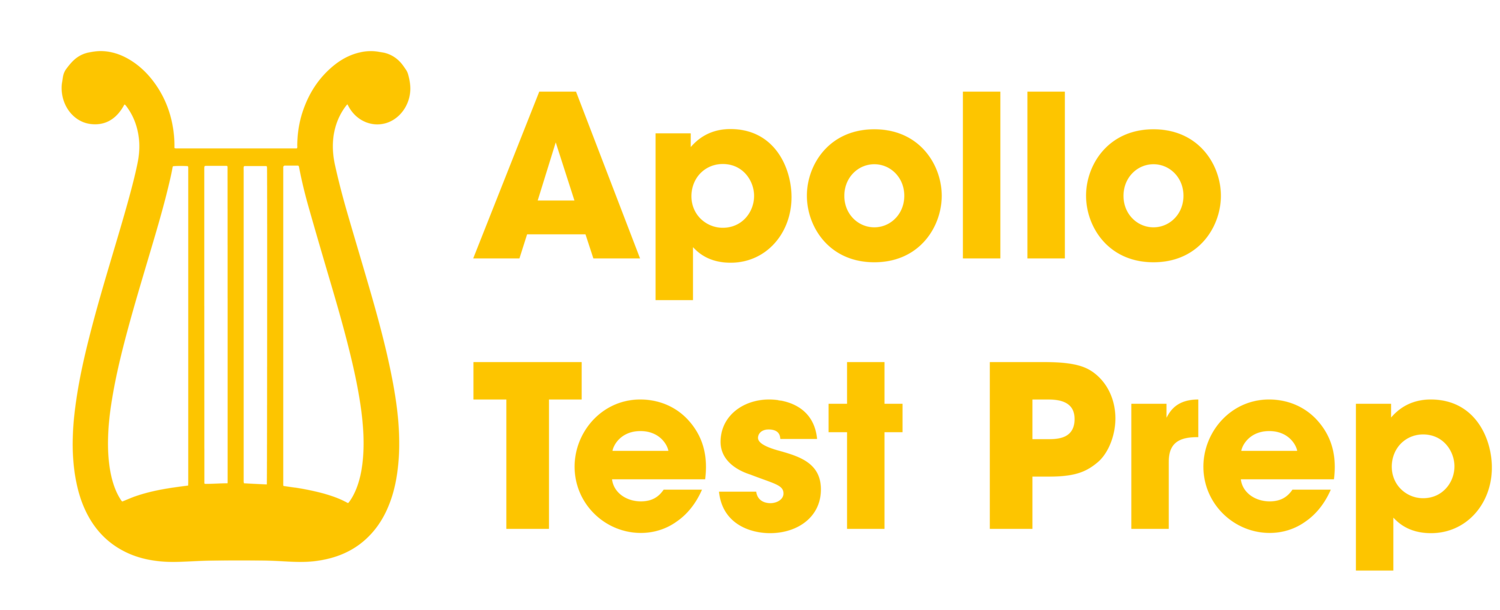The law school rankings are getting shaken up. Here’s why.
Last week, Yale Law School announced that they would be withdrawing from the U.S. News rankings, followed shortly by Harvard, Berkeley, Stanford, Columbia, Georgetown, and a growing list of other leading law schools.
U.S. News has been the dominant ranking system in the law school world for decades. Law schools’ fortunes could rise and fall with these rankings - even a 1 or 2-spot difference in placement could have drastic impacts on student outcomes and matriculation rates. The difference is most pronounced at the border of the “T-14” - a simultaneously unofficial-yet-also-super-official grouping of the law schools holding the top 14 spots on the list.
Why did Yale Law withdraw from the U.S. News rankings?
Here’s what Yale had to say about their decision to leave (similar sentiments were echoed by Harvard Law in their statement):
”The U.S. News rankings are profoundly flawed — they disincentivize programs that support public interest careers, champion need-based aid, and welcome working-class students into the profession. We have reached a point where the rankings process is undermining the core commitments of the legal profession. As a result, we will no longer participate. […] The rankings system has made it increasingly difficult for law schools to provide robust support for students who serve their communities, to admit students from low-income backgrounds, and to target financial aid to the students most in need.”
This concern stems largely from the weight that U.S. News places on “median graduating student debt”, which is meant to provide students with an accurate measure of the financial costs of attending a given school, but which Yale and others argue incentivize schools to turn away lower-income applications who may be more likely to take on debt to finance their educations.
What does this mean for applicants?
First of all, it’s worth noting that U.S. News can still rank these law schools - they’ll just have to do so using publicly available information instead of working directly with administrations to obtain more detailed data.
So, what will these schools do with their newfound freedom from the rankings? It’s hard to say. According to them, it’ll likely look like admitting more low-income students and being more flexible with their admissions processes. It may mean more need-based scholarships being given out (instead of just merit-based).
We likely won’t have any reliable data on what impact these decisions will have on LSAT and GPA medians until at least a few application cycles have gone by, so our advice to current or near-future applicants is to just continue on with business as usual. For now, your best bet for receiving acceptances and scholarships is still just getting the highest LSAT score and GPA possible.
Not sure how to put together the strongest application possible?

